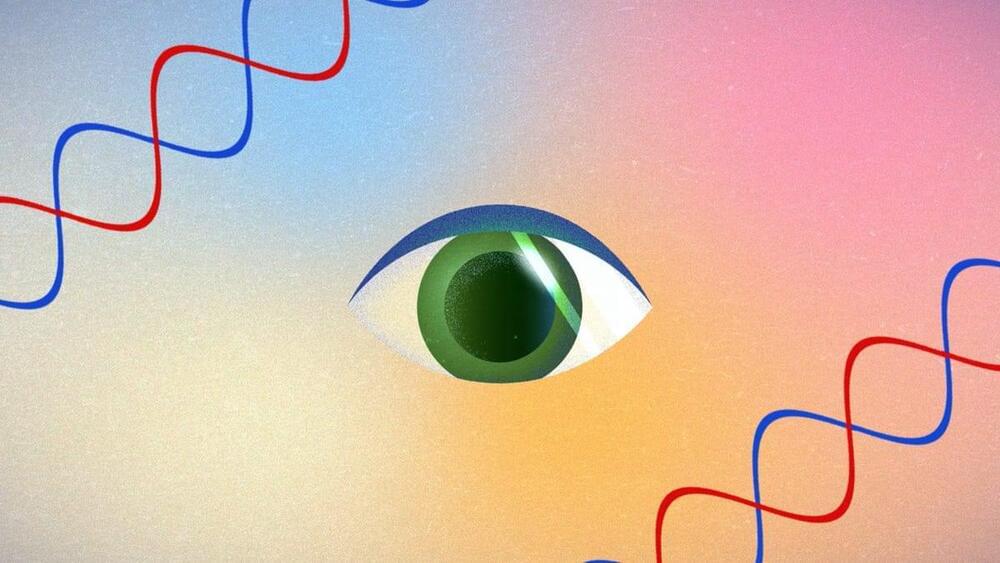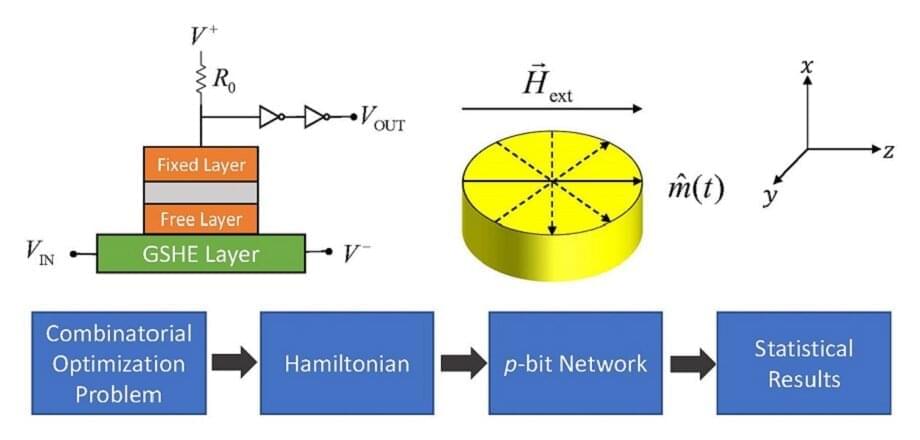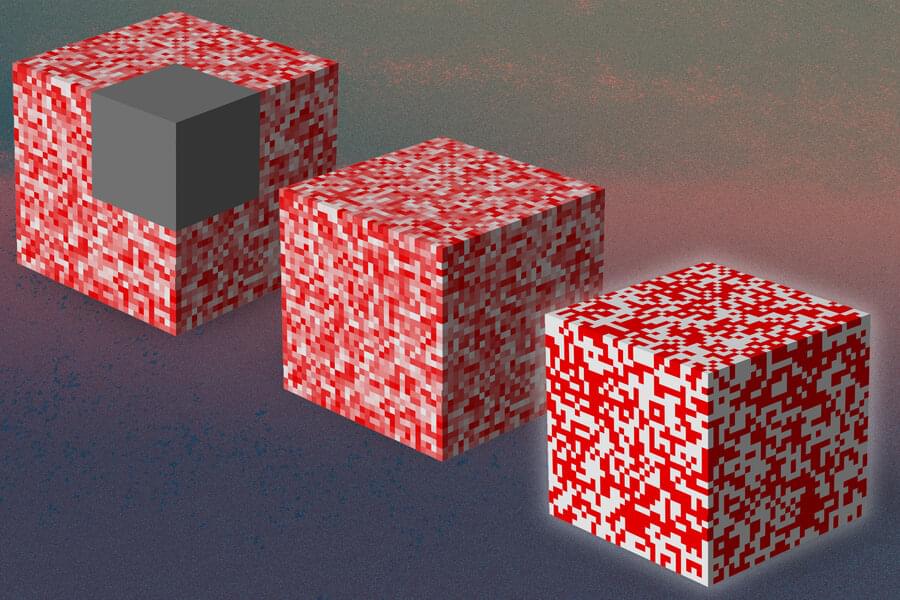What does quantum computing have in common with the Oscar-winning movie “Everything Everywhere All at Once”? One is a mind-blowing work of fiction, while the other is an emerging frontier in computer science — but both of them deal with rearrangements of particles in superposition that don’t match our usual view of reality.
Fortunately, theoretical physicist Michio Kaku has provided a guidebook to the real-life frontier, titled “Quantum Supremacy: How the Quantum Computer Revolution Will Change Everything.”
“We’re talking about the next generation of computers that are going to replace digital computers,” Kaku says in the latest episode of the Fiction Science podcast. “Today, for example, we don’t use the abacus anymore in Asia. … In the future, we’ll view digital computers like we view the abacus: old-fashioned, obsolete. This is for the garbage can. That’s how the future is going to evolve.”





